The Linares-based Santana Company was established by the Spanish Government as Metalurgica de Santa Ana SA in February 1955, initially to construct agricultural machinery to bring much-needed employment to the depressed Jaen region in the province of Andalusia. In 1956 the company reached agreement with Land Rover to produce vehicles under licence, with Rover in the UK owning 49% of the shares in Santana.
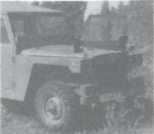
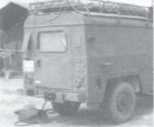
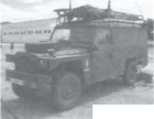
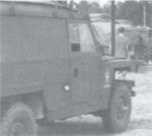
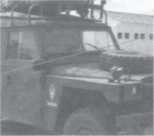
Although the production volume was initially modest the company has grown to become a significant supplier to the Spanish-speaking market, with exports to South America and North Africa commencing in 1962. By 1980, Santana was producing 18,000 vehicles a year.
At the time that the licence was granted to MSA - Santana was actually the company’s trademark - the Series I was still in production at Solihull. For various logistical reasons there was no Series I production in Spain. The first Spanish-built Land Rovers were Series IIs produced from CKD (completely-knocked-down) kits with some locally manufactured components, which went on sale in 1959. For the first 1,500 units constructed the local content was required to reach 75%, rising to 95% by the time 2,500 vehicles had been completed.
Although the complete UK model range was not available to Spanish buyers, the vehicles were very similar to the Solihull product. It was not until the Spanish Army started to buy Santana-built Land Rovers that the vehicles started to emerge almost as a brand in their own right, ultimately developing differently to the UK product. At first the Spanish Army simply purchased standard 88in (2.24m) and 109in (2.77m) Series II vehicles, but two special military models appeared in the early 1970s, developed to suit the requirements of the Spanish Army. The first was an 88in (2.24m) 1,1021b (500kg) ‘lightweight’, the other a similar 109in (2.77m) vehicle rated at 2,204lb (UOOOkg).
At the same time Santana continued to produce civilian and commercial Land Rovers, including the forward-control 1300 - which was also bodied as a military ambulance - also Series II and III cargo and station wagon models. Santana never used the Rover V8 petrol engine which became such an important feature of the modern Solihull vehicles, but the company was the first to use a turbo-diesel, offering a 2,286cc four-cylinder unit in the ‘Super T’ models as
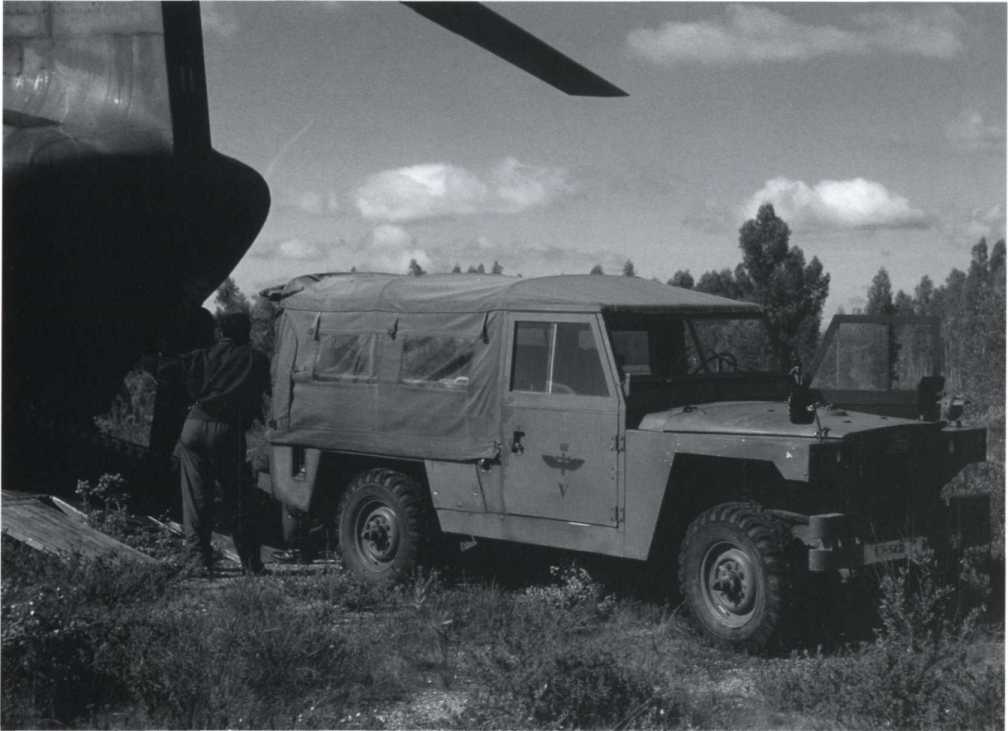
Above: Santana Model 109 Militar; note the characteristic cut-away wings and the lashing/ lifting eyes on the wheel hubs. (BM)
Early as 1983. Santana also fitted the flush radiator grille that Solihull first used on the Stage One, as well as the one-piece windscreen which became a distinctive feature of the Ninety, One Ten and Defender models.
Over the years Land Rover reduced their shareholding in the company to 23%. In 1990 Land Rover disposed of all of the remaining shares and at the same time terminated the licence agreement. By that time Santana had produced 300,000 vehicles. The company continues to manufacture very similar vehicles, the current offering being the Defender-like PSIO which is available in both military and civilian versions.




 World History
World History









